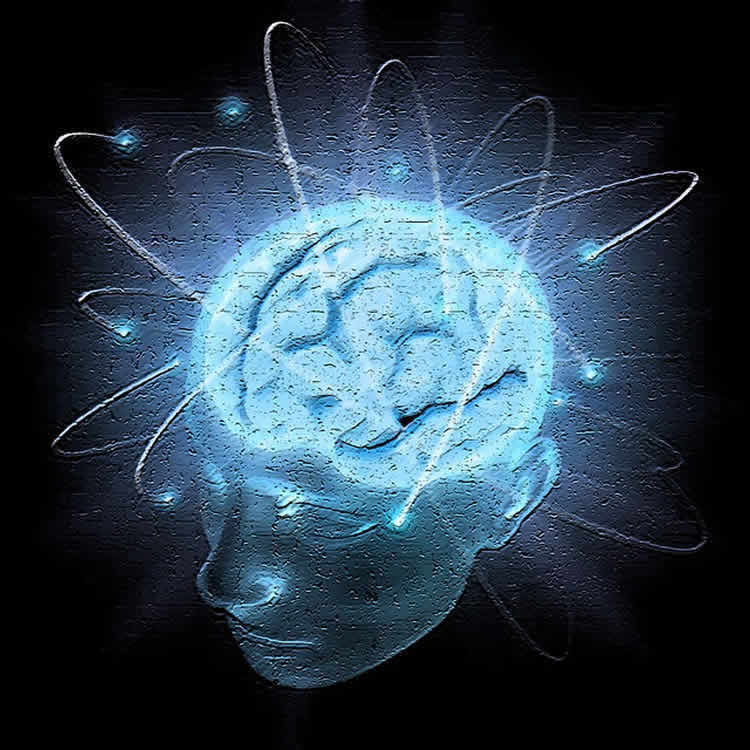UT Southwestern Medical Center researchers have found that halting production of new neurons in the brain following traumatic brain injury can help reduce resulting epileptic seizures, cognitive decline, and impaired memory.
Injury to the brain stimulates the production of new neurons, but these new cells are sometimes hyperexcitable, disrupting neural circuits and causing recurring seizures, researchers with UT Southwestern’s Texas Institute for Brain Injury and Repair reported in Nature Communications.
Effectively stopping the process in genetically modified mice resulted in fewer seizures. In addition, eliminating the development of new neurons – a process called neurogenesis ? appeared to reduce cognitive decline and impairment of memory, common effects of seizures.
“Understanding the mechanisms that promote aberrant neurogenesis caused by traumatic brain injury and subsequent seizures may open new therapeutic avenues to prevent epilepsy and associated memory problems caused by impact,” said senior author Dr. Jenny Hsieh, Associate Professor of Molecular Biology and a member of the UT Southwestern Hamon Center for Regenerative Science and Medicine.
Halting development of new neurons resulted in a roughly 40 percent reduction in seizure frequency in the mice, but did not alter the duration of individual seizures. However, the researchers found that stopping neurogenesis before the development of seizures had a long-lasting effect, suppressing chronic seizure frequency for nearly one year, even at a late stage of the disease.
An estimated 3 million Americans and 65 million people worldwide currently live with epilepsy, costing an estimated $15.5 billion annually, according to the Centers for Disease Control and Prevention. Traumatic brain injury accounts for 20 percent of epileptic seizures, but how or why recurring seizures develop after a severe brain injury has thus far been unclear. Some drugs can help control seizures, but there is no drug to prevent or cure epilepsy.

Degenerative diseases of the heart, brain, and other tissues represent the largest cause of death and disability in the world, affecting virtually everyone over the age of 40 and accounting for the lion’s share of health care costs. Regenerative medicine represents a new frontier in science, which seeks to understand the mechanistic basis of tissue aging, repair, and regeneration and to leverage this knowledge to improve human health.
UT Southwestern’s Hamon Center for Regenerative Science and Medicine, led by Molecular Biology Chair Dr. Eric Olson, was established in 2014 with a $10 million endowment gift from the Hamon Charitable Foundation. The Center’s goals are to understand the basic mechanisms underlying tissue and organ formation, and then to use this knowledge to regenerate, repair, and replace tissues damaged by aging and injury.
The Hsieh lab studies the cellular and molecular mechanisms of neurogenesis to understand how stem cells become mature, functioning nerve cells, and how aberrant neurogenesis contributes to seizure formation, an unwarranted side effect of neuroregenerative strategies.
Other researchers involved in the Nature Communications study were lead author Dr. Kyung-Ok Cho, a former visiting Assistant Professor of Molecular Biology; Dr. Zane Lybrand, postdoctoral researcher in Molecular Biology; Rebecca Brulet and Farrah Tafacory, graduate students in Molecular Biology; Ling Zhang, senior research associate in Molecular Biology; Dr. Levi Good, Instructor of Neurology and Neurotherapeutics; and Dr. Shari Birnbaum and Dr. Amelia Eisch, Associate Professors of Psychiatry. Scientists from Kitasato University, Baylor College of Medicine, Columbia University, and the Nathan S. Kline Institute for Psychiatric Research also contributed.
Funding: The project was also supported by grants from the National Institutes of Health, The Welch Foundation, the National Aeronautics and Atmospheric Association, American Heart Association, and the Texas Institute for Brain Injury and Repair. The UT Southwestern EEG Core facility is supported by the Beatrice Mennen Haggerty Center for Research on Brain Injury and Repair in Strokes.
Source: Gregg Shields – UT Southwestern
Image Source: The image is in the public domain
Original Research: The research will appear in Nature Communications.







